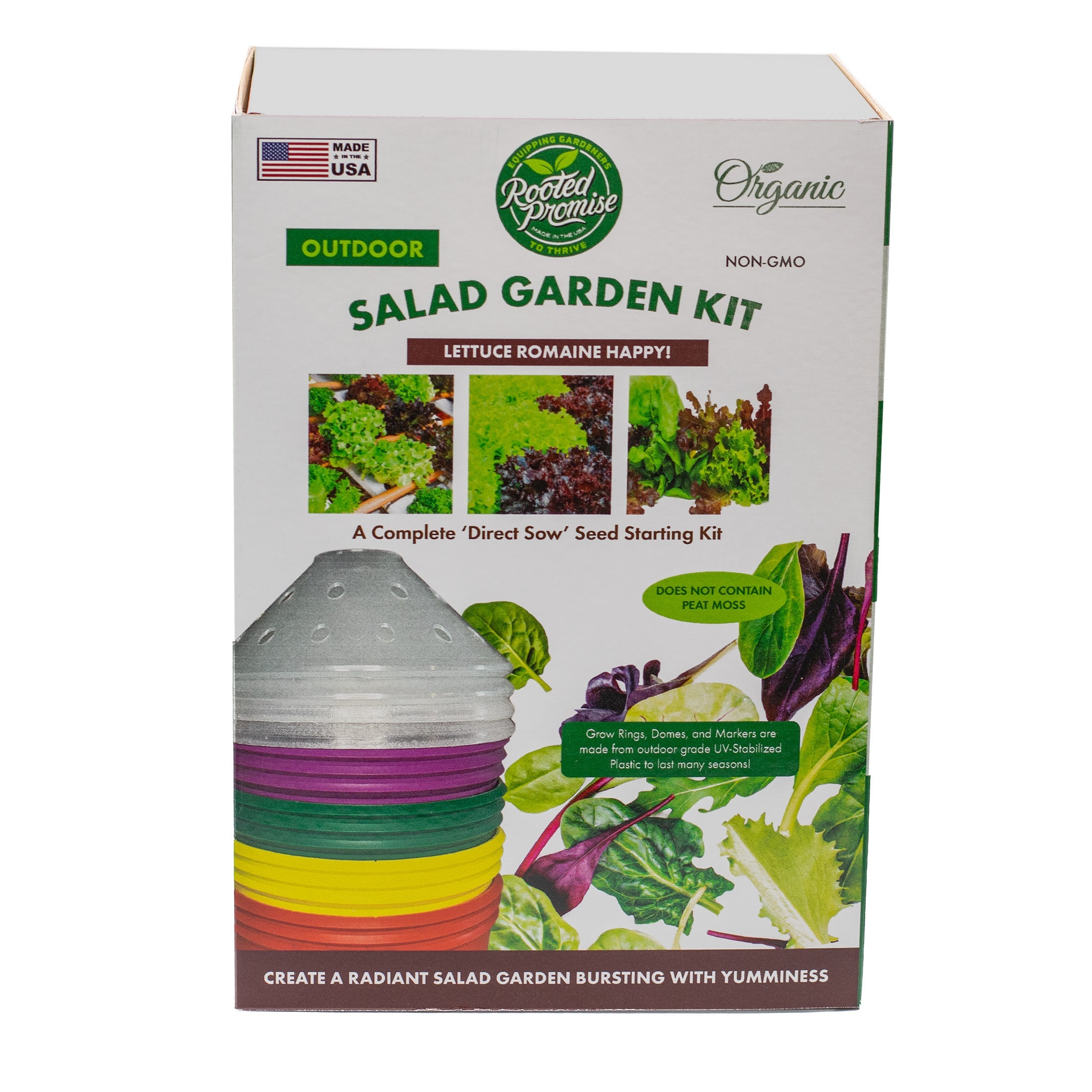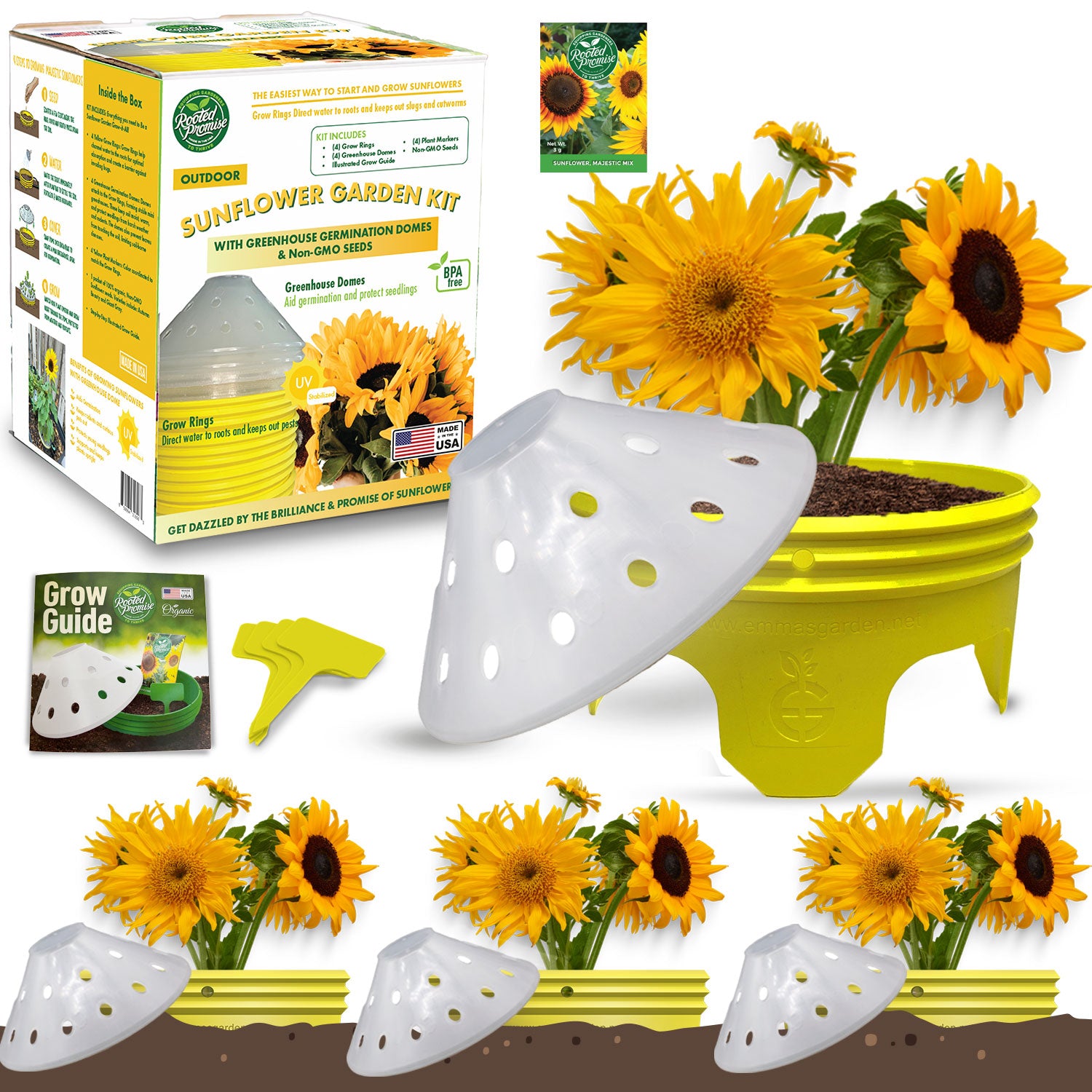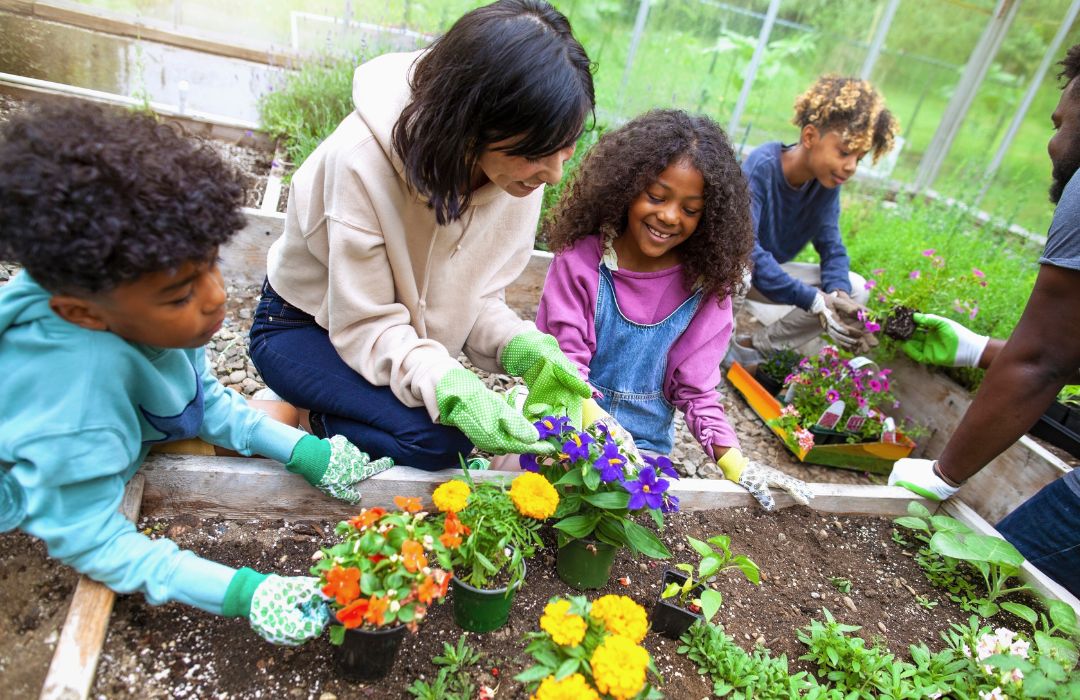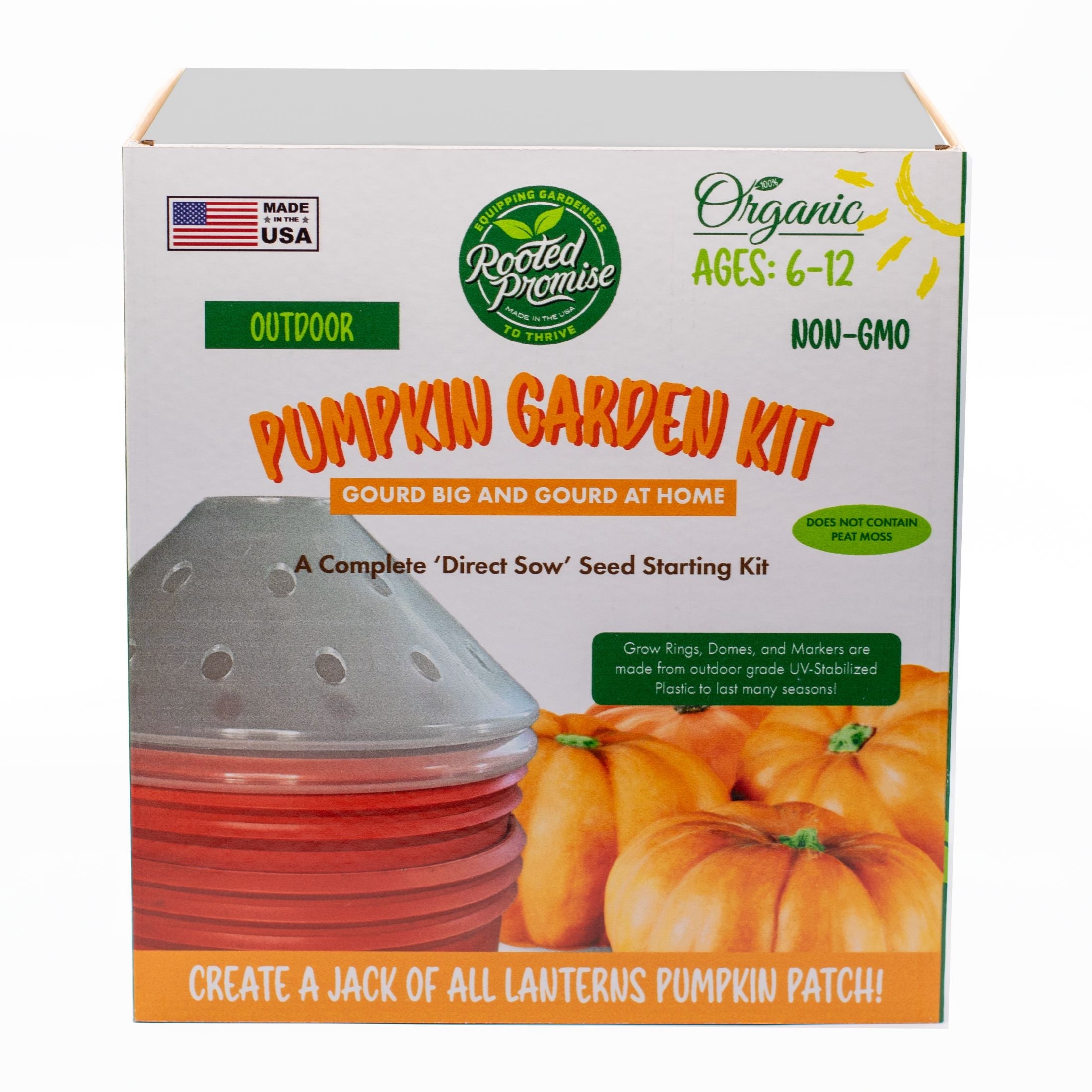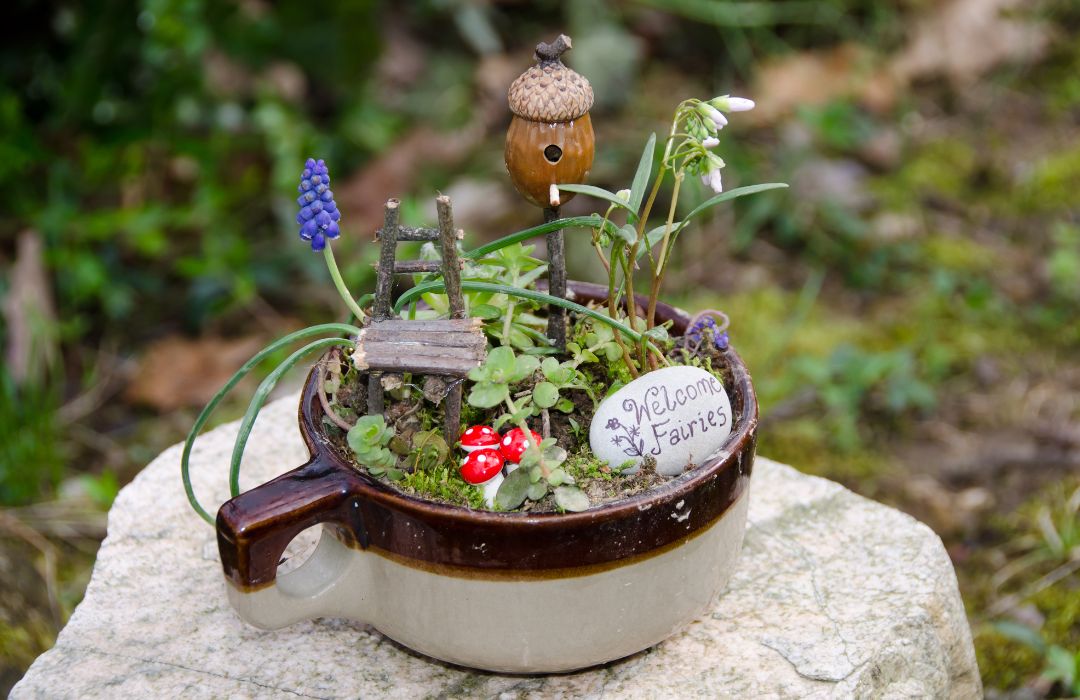
Table of Contents
- Introduction
- The benefits of gardening for children
- Physical benefits of gardening
- Mental and emotional benefits of gardening
- Intellectual benefits of gardening
- The role of gardening in child development
- Gardening as a hands-on learning experience
- Gardening as a sensory experience
- How gardening enhances different skills in children
- Motor skills development
- Problem-solving and critical thinking skills
- Scientific and environmental knowledge
- Mathematical skills
- Language and communication skills
- Responsibility and patience
- Tips for getting children involved in gardening
- Choosing age-appropriate gardening activities
- Creating a child-friendly garden space
- Encouraging curiosity and exploration
- Involving children in planning and decision-making
- How to integrate gardening into the school curriculum
- Creating a school garden
- Incorporating gardening into different subjects
- Collaborating with parents and community
- Further Resources
Introduction
Gardening has long been recognized as a rewarding and therapeutic activity for people of all ages. But did you know that it can also play a crucial role in a child's learning and development? The simple act of digging in the soil, planting seeds, and watching plants grow can have a profound impact on a child's physical, mental, and intellectual well-being.
In this article, we will explore the various benefits of gardening for children and how it promotes their overall development. We will delve into the different skills that gardening enhances in children and provide practical tips on how to get children involved in gardening activities. Additionally, we will discuss how gardening can be integrated into the school curriculum, creating opportunities for hands-on learning, and fostering a deeper connection with nature.
So, whether you're a parent, teacher, or simply someone interested in the well-being and growth of children, join us as we discover the incredible world of gardening and its impact on child development.

The benefits of gardening for children
Gardening offers a multitude of benefits for children, encompassing their physical, mental, and intellectual well-being. By engaging in gardening activities, children can develop a deeper appreciation for nature, foster a sense of responsibility, and acquire valuable life skills.
Let's explore some of the key benefits that gardening can provide for children:
- Physical benefits of gardening: Gardening is a hands-on activity that encourages children to get moving and stay active. Digging, planting, and watering plants can improve their motor skills and coordination. Additionally, spending time outdoors exposes children to vitamin D from sunlight, which is essential for healthy bone development.
- Mental and emotional benefits of gardening: Gardening has a calming effect on the mind and can help reduce stress and anxiety in children. It provides an outlet for self-expression and creativity, allowing children to connect with nature and experience a sense of accomplishment when they see their plants thrive. Gardening also promotes mindfulness and teaches children the importance of patience and perseverance.
- Intellectual benefits of gardening: Gardening is a rich learning experience that stimulates children's curiosity and encourages them to explore the natural world. It provides opportunities for observation, exploration, and experimentation, fostering their scientific thinking and problem-solving skills. Through gardening, children can learn about plant life cycles, ecosystems, and the importance of environmental conservation.
By understanding and appreciating the benefits of gardening, parents and educators can create an environment where children can thrive and grow holistically.
The role of gardening in child development
Gardening goes beyond being just a hobby or an outdoor activity for children. It serves as a powerful tool for promoting their overall development, nurturing their curiosity, and connecting them with the natural world.
Let's take a closer look at how gardening plays a fundamental role in child development:
- Gardening as a hands-on learning experience: When children engage in gardening activities, they can actively participate in the entire process, from preparing the soil to harvesting the produce. This hands-on experience allows them to develop a deeper understanding of the natural world and the processes involved in plant growth. They learn about the importance of nurturing and caring for living things, fostering a sense of responsibility and empathy.
- Gardening as a sensory experience: Gardening stimulates all the senses, offering a multi-sensory experience for children. They can feel the texture of the soil, smell the fragrance of flowers, listen to the sound of rustling leaves, observe the vibrant colors of plants, and even taste the fruits and vegetables they grow. This sensory exploration enhances their sensory integration skills, cognitive development, and overall sensory perception.
By engaging in gardening, children develop a deep connection with nature, which not only enhances their physical and mental well-being but also enriches their learning experiences. Gardening serves as a bridge between the natural world and children's development, providing them with a holistic and meaningful educational experience.
How gardening enhances different skills in children
Gardening is not just a hobby or a recreational activity for children; it is also a powerful tool for enhancing a wide range of skills. By engaging in gardening activities, children can develop and strengthen various abilities that are essential for their overall growth and development.
Let's explore how gardening enhances different skills in children:
- Motor skills development: Gardening involves various physical tasks such as digging, planting, watering, and harvesting. These activities require fine motor skills, hand-eye coordination, and balance. By repeatedly performing these actions, children improve their motor skills and develop better control over their movements.
- Problem-solving and critical thinking skills: Gardening presents children with challenges and problems that require them to think critically and find solutions. For example, they may need to determine the right amount of water a plant needs or troubleshoot issues such as pest infestations. By analyzing the situation, considering different options, and making decisions, children develop problem-solving and critical thinking skills.
- Scientific and environmental knowledge: Gardening provides children with a hands-on experience of the natural world. They learn about the life cycles of plants, the role of insects in pollination, and the impact of environmental factors on plant growth. This knowledge fosters their scientific understanding and environmental awareness.
- Mathematical skills: Gardening involves measuring and calculating. Children may need to measure the depth of a planting hole or calculate the spacing between plants. They also learn about concepts such as ratios, proportions, and estimation. These mathematical skills are naturally integrated into gardening activities.
- Language and communication skills: Gardening provides opportunities for children to communicate and express themselves. They can describe their observations, ask questions, and discuss their experiences with others. By engaging in conversations related to gardening, children develop their language skills and expand their vocabulary.
- Responsibility and patience: Taking care of plants requires responsibility and patience. Children learn to be accountable for their actions and understand the importance of consistent care. They develop patience as they wait for plants to grow and mature, learning the value of delayed gratification.
By engaging in gardening activities, children not only acquire these skills but also develop a sense of accomplishment and self-confidence. The hands-on nature of gardening allows them to learn through experience, making the learning process more engaging and meaningful.

Tips for getting children involved in gardening
Gardening can be a fun and rewarding activity for children but getting them interested and involved may require some planning and creativity. Here are some practical tips on how to get children excited about gardening:
- Choosing age-appropriate gardening activities: Consider your child's age and abilities when selecting gardening tasks. Younger children may enjoy planting seeds or watering plants, while older children can handle more complex tasks like pruning or harvesting. Tailor the activities to suit their developmental stage.
- Creating a child-friendly garden space: Designate a specific area in your garden that is dedicated to children's gardening. Make it inviting and accessible by providing child-sized tools, comfortable seating, and colorful signage. Create a sense of ownership by allowing children to decorate their garden space.
- Encouraging curiosity and exploration: Foster your child's natural curiosity by encouraging them to explore the garden and ask questions. Provide magnifying glasses or bug catchers to help them observe insects and other small creatures. Create opportunities for hands-on learning and discovery.
- Involving children in planning and decision-making: Let children have a say in what to plant and where to plant it. Show them seed catalogs or visit a local nursery together to choose plants. By involving them in the decision-making process, children will feel a sense of ownership and responsibility for the garden.
Remember to keep the experience enjoyable and age-appropriate for your child. Allow them to get dirty, make mistakes, and learn from their experiences. Gardening should be a positive and enriching activity that fosters a love for nature and instills valuable life skills.

How to integrate gardening into the school curriculum
Gardening offers a unique opportunity to bring hands-on learning and nature-based experiences into the school curriculum. By incorporating gardening activities into different subjects, educators can create engaging and interactive lessons that foster a deeper connection with the natural world.
Here are some strategies for integrating gardening into the school curriculum:
- Creating a school garden: Establishing a school garden allows students to actively participate in the process of planning, planting, and maintaining a garden. This collaborative effort fosters teamwork, responsibility, and a sense of ownership. The garden can serve as an outdoor classroom where students can apply concepts learned in various subjects.
- Incorporating gardening into different subjects: Gardening can be integrated into a wide range of subjects, including science, math, language arts, and even art. For example, students can conduct experiments to investigate plant growth and the impact of environmental factors. They can also write descriptive essays about their gardening experiences or create artwork inspired by the garden.
- Collaborating with parents and the community: Engage parents and community members in the school garden project. They can provide valuable resources, expertise, and support. Consider organizing community gardening events or inviting guest speakers to share their knowledge and experiences with gardening.
By integrating gardening into the school curriculum, educators can create a holistic learning experience that goes beyond the confines of traditional classroom settings. Students can develop a deeper understanding of academic concepts while also cultivating a sense of environmental stewardship and an appreciation for the natural world.
Collaborating with parents and the community
Collaboration is key when it comes to creating a successful school garden project. By involving parents and community members, you can create a sense of shared responsibility and maximize the resources and expertise available.
Here are some ways you can collaborate with parents and the community:
- Parent involvement: Reach out to parents and inform them about the school garden project. Encourage them to get involved by volunteering their time, skills, or resources. Parents can help with garden maintenance, organize fundraising events, or share their gardening knowledge with students.
- Community partnerships: Forge partnerships with local businesses, organizations, and community gardens. They can provide support in terms of funding, tools, seeds, or expertise. Consider reaching out to nurseries, garden centers, or agricultural extension offices for assistance.
- Expert guest speakers: Invite experts from the community to share their knowledge and experiences with gardening. This can be in the form of guest lectures, workshops, or hands-on demonstrations. Experts can provide valuable insights and inspire students to explore different aspects of gardening.
- Community gardening events: Organize community gardening events or workdays where parents, students, and community members come together to work on the school garden. These events not only help with garden maintenance but also foster a sense of community and collaboration.
By collaborating with parents and the community, you can create a strong support network for the school garden project. This collaborative effort not only enhances the learning experience but also strengthens the bond between the school and the community.
Resources
Rooted Promise is on a mission to introduce children to the world of gardening. Studies show when kids participate in a gardening and food education program during elementary school, they are more likely to eat healthier as they grow up.
If you’re interested in getting your kids, grandkids, or schools involved with gardening, we invite you to explore some of our products and 'STEM Buds' garden curriculum that can support your exciting and educational endeavor.

